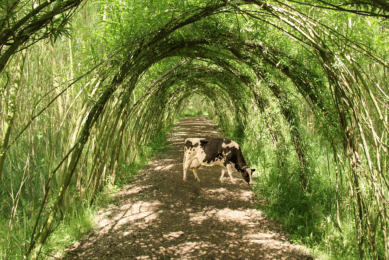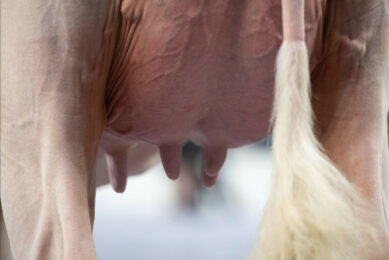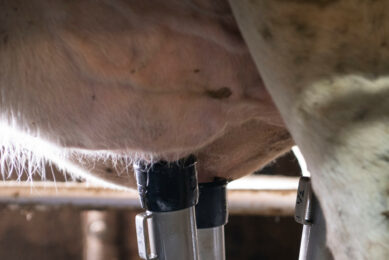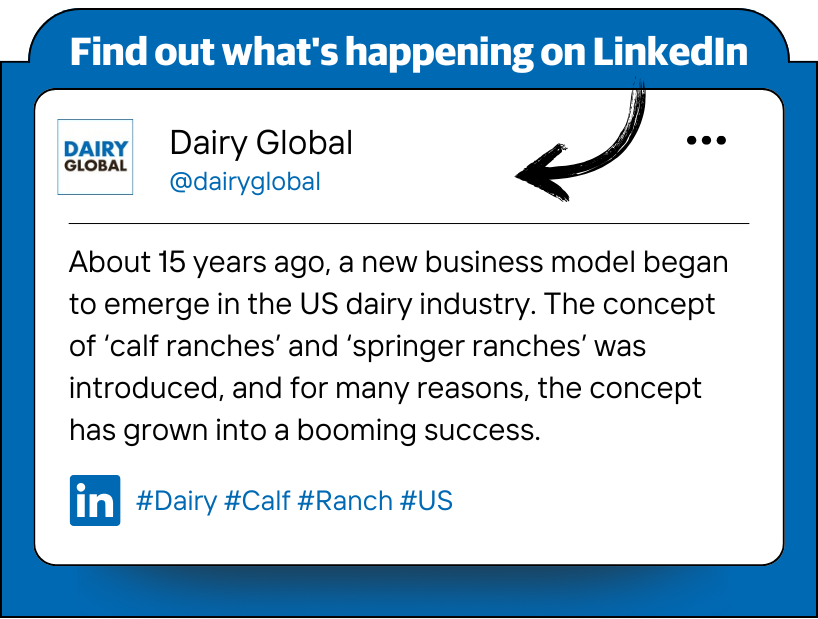From cow to cloud – the rise of smart milking systems (Part 2)
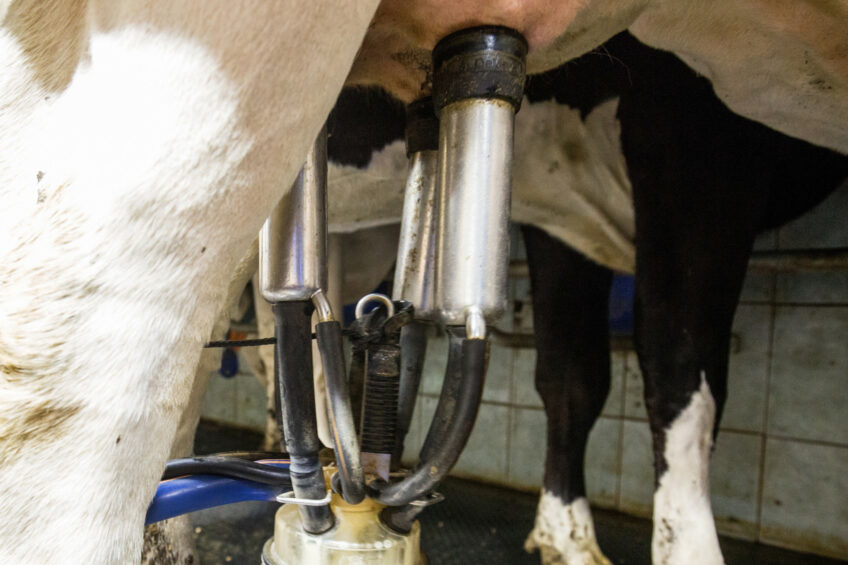
In Part 1, we met ‘Johan’, a progressive dairy farmer whose daily routine has transformed thanks to smart milking systems. From sensors and cloud dashboards to real-time alerts, we saw how precision milking reduces waste, improves cow health, and makes farms more efficient and sustainable. Now, let’s roll up our sleeves and peek behind the curtain. Because if Part 1 was the ‘what’ and ‘why’, this is the ‘how’.
What’s inside a smart milking system?
At the heart of any precision milking setup are these key technologies:
- Intelligent Clusters Removal: Equipped with flow sensors or milk metres, they measure mL/min, detecting flow irregularities, and guiding automatic detachment when flow drops below set thresholds (e.g., <200 mL/min).
- Inline Milk Metres: Certified by ICAR, they track volume, flow rate, conductivity, and sometimes milk temperature – in real time.
- Vacuum Sensors & Stability Controllers: Maintain precise kPa levels to protect teat ends and reduce milking stress.
- RFID Cow ID Systems: Link each data point to the individual animal, providing customised milking profiles.
- Cloud-based Analytics Platforms: Aggregate all data and apply algorithms to detect patterns, trends, and risks.
Turning data into action
It’s one thing to collect data; it’s another to make it useful. That’s where AI-driven software comes in. These platforms transform raw data into insights and alerts, such as:
- ‘Cow #146 has had elevated conductivity in the left rear quarter for 3 consecutive milkings.’
- ‘Milking unit #12 shows irregular flow curves – vacuum or liner issue likely.’
- ‘Pulsator 3 has exceeded 2 million cycles – maintenance recommended.’
This shifts the farmer from reactive firefighting to preventive action.
Real case example: A 400-cow herd using quarter-level sensors noticed 18 cows with prolonged unit-on time in rear quarters. After a liner change and pulsator check, average milking time dropped by 14%, and teat-end health improved by 20% based on TECM scoring.
Integration and farm-wide intelligence
What is the real power of smart systems? The answer: Integration. Smart milking systems increasingly connect with:
- Feeding software to adjust rations based on milk output or health status.
- Repro programs to track fertility indicators like rumination and milk progesterone.
- Herd management tools to align vet visits and treatment decisions with data from the parlor.
And thanks to 5G and IoT development, this is just the beginning. Some farms are even building digital twins – virtual models of each cow based on real-time inputs.
Man meets machine
Despite all the automation, the human element is still key. Data needs interpretation. Tech needs tuning. And cows need care. But the difference now is that the farmer’s intuition is backed by hard data and predictive intelligence.
‘Johan’ still knows his herd better than anyone, but now he has 5,634 dashboards helping him make better decisions, faster.
Final thoughts
From cow to cloud, smart milking systems are helping the dairy industry do more with less. They’re not replacing the farmer – they’re empowering them. And in a world where margins are thin, labour is scarce, and sustainability is non-negotiable, that’s not just innovation. That’s survival.
And as impressive as today’s systems are, we’re only scratching the surface, because the horizon for new technologies is vast, and there’s still so much more to be developed to help farmers make smarter, faster, and more sustainable decisions every single day.
Join 13,000+ subscribers
Subscribe to our newsletter to stay updated about all the need-to-know content in the dairy sector, two times a week.



